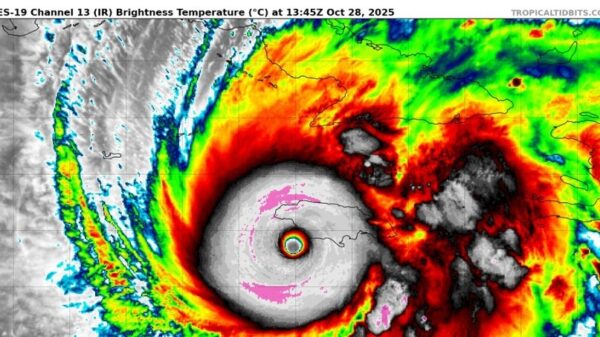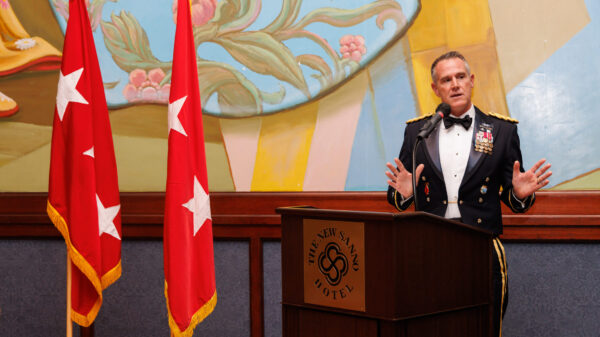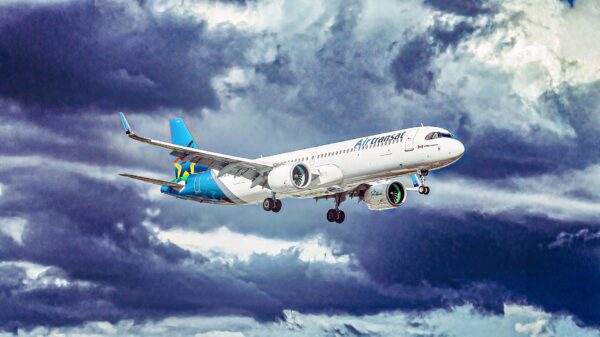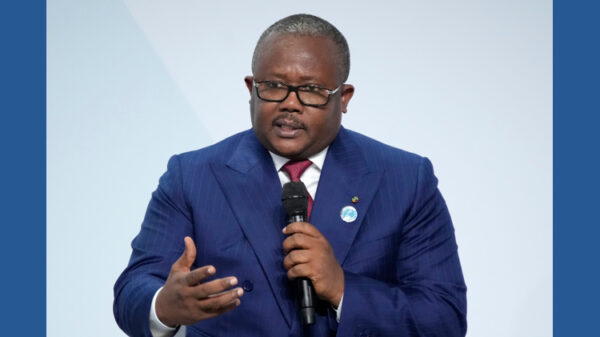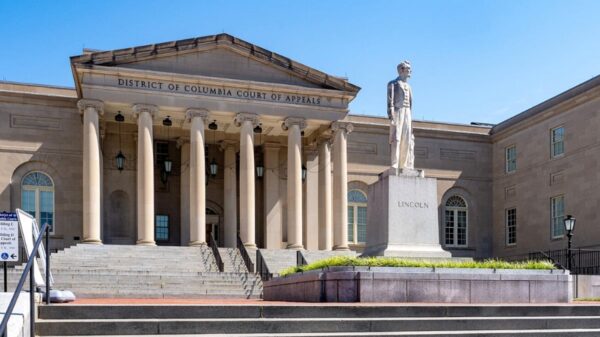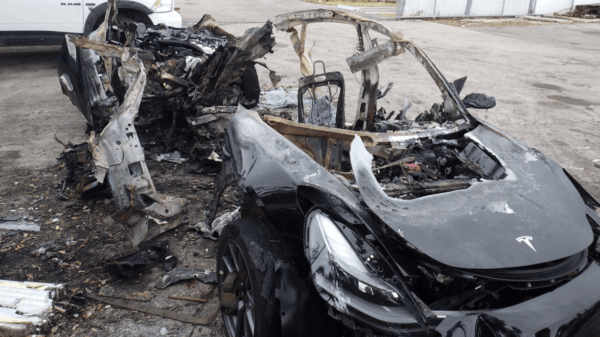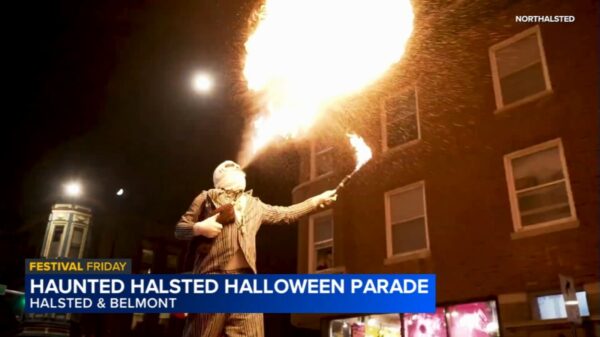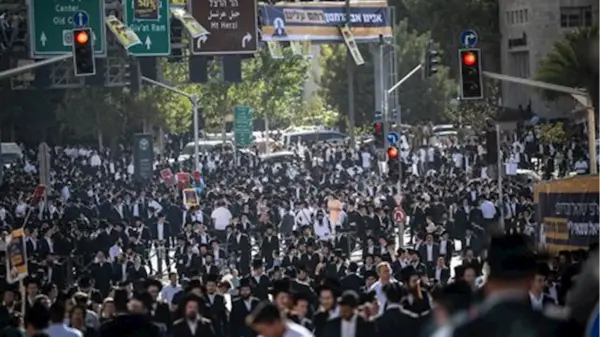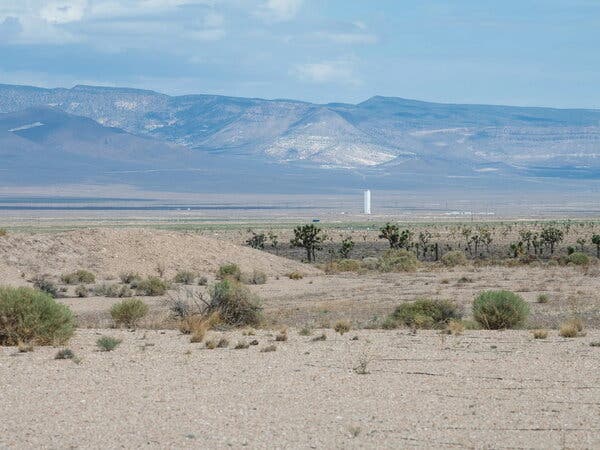President Donald Trump’s recent threat to restart nuclear weapons testing has sparked significant debate regarding national and global security. This announcement has prompted important questions about the implications of nuclear testing and the status of the United States’ extensive nuclear arsenal, which costs taxpayers tens of billions of dollars each year to maintain.
Understanding the U.S. Nuclear Arsenal
The United States currently possesses approximately 3,700 nuclear warheads, with about 1,700 of these deployed, according to the Federation of American Scientists. These warheads can be launched from various platforms, including long-range bombers like the B-2 and B-52, as well as intercontinental ballistic missiles and submarine-launched systems. Contrary to President Trump’s assertion, the U.S. does not hold the largest nuclear stockpile; that distinction belongs to the Russian Federation.
The U.S. is currently undergoing a modernization program aimed at updating its entire nuclear arsenal, a project estimated to cost approximately $1.7 trillion over three decades. This program includes replacing older warheads and improving their delivery systems.
Testing History and Current Practices
The last time the United States conducted an underground nuclear test was on September 23, 1992, at the Nevada Test Site. This test was relatively small in scale, reportedly only a third of the explosive yield of the atomic bomb dropped on Hiroshima. Following this event, the U.S. voluntarily halted nuclear testing as part of a broader effort to establish global nuclear norms, culminating in the 1996 Comprehensive Test Ban Treaty. Although this treaty has yet to be officially ratified, it has fostered a general consensus against nuclear testing among major nuclear powers, leading to a more stable international environment.
Despite the lack of explosive tests, the U.S. maintains a rigorous program of nuclear stockpile stewardship, investing around $25 billion annually. This program employs advanced technologies, such as supercomputers and high-powered X-ray machines, to ensure the reliability of the nuclear arsenal without conducting live tests. The complex facilities involved in this effort employ approximately 65,500 people across eight sites, including the Los Alamos National Laboratory in New Mexico, where the workforce has increased by 50 percent since 2018.
Experts have stated that the U.S. could potentially conduct a limited nuclear test within a timeframe of six to ten months if necessary. A 2013 Energy Department document indicated that such a test might be used to demonstrate the readiness of the U.S. nuclear deterrent in response to another nation’s actions.
The Biden administration has emphasized that new bomb designs are already in development without the need for underground tests. In 2022, plans were announced for the first new warhead since the Cold War—a thermonuclear device known as the W93, intended for submarine missiles. This update is considered necessary for maintaining safety and efficacy in the aging arsenal.
The motivations for resuming nuclear testing are varied. Some analysts suggest that testing could serve as a deterrent, similar to the psychological warfare tactics used during the Cold War. The Comprehensive Nuclear-Test-Ban Treaty Organization monitors global seismic activity to detect any signs of nuclear explosions, ensuring that nations remain aware of the potential consequences of nuclear actions.
As discussions around nuclear testing continue, the implications for international stability and strategic deterrence remain a critical concern for policymakers and citizens alike.







